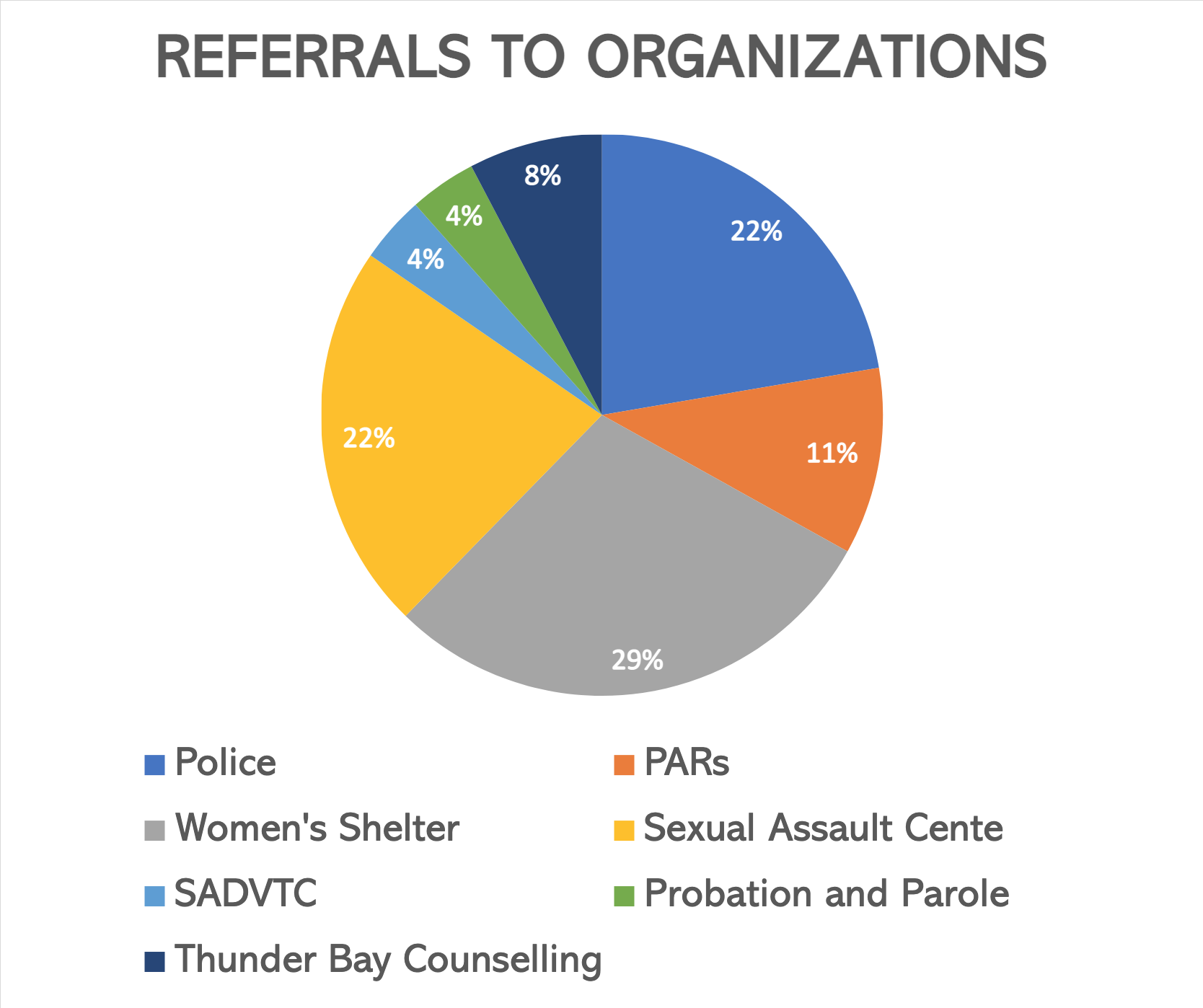
Barriers and Challenges to the Systematic Response of Gender-Based Violence
The focus on criminality in the Canadian legal system tends to overlook safety considerations for survivors of gender-based violence (GBV). Many survivors, especially Indigenous survivors, will not call police in cases of GBV and perpetrators manage to avoid criminal involvement. For this reason, many high risk cases are never brought to the attention of the Crown’s committee. If the cases are brought forward, it is often due to child welfare involvement.
We need to address these barriers at multiple levels: public education; professional training based on new research; intensive coordination across sectors in risk management and safety planning; and an investment in and recognition of the central role women’s advocates play in maintaining survivor’s safety and access to justice.
The High Risk Navigation Project Project is tasked with the development of a dedicated, advocacy-based and common protocol across legal and social service systems to respond to cases of gender-based violence where there is high risk of harm. The overarching goal of the HRN Project is to develop a more coordinated and effective social system response for those who experience gender-based violence in the Thunder Bay district. More information on the High Risk Navigation Project can be found here.
High Risk Protocol Development
Using the survey data, High Risk Protocol for Thunder Bay region was created by the High Risk Navigation Project, in consultation with regional coordinating committees on GBV, an advisory committee of anti-violence women’s advocates and community service providers. A High Risk Subcommittee has been established to review high risk cases of GBV during the COVID-19 pandemic and develop protocol for emergency response.
The High Risk Navigation Project is now approaching the implementation stage to address high risk cases of GBV in the Thunder Bay region.
High Risk Navigation Survey Results
The High Risk Navigation Project’s survey aimed to gather feedback and perspective from service providers in the legal and social service sectors in the Thunder Bay region. It examined the current response to high risk cases of GBV and the available resources, trainings and supports for organizations. Conducted between February 2020 to July 2020, the survey results bring attention to the gaps and barriers being faced systemically in the region when responding to high risk cases of GBV.
According to the High Risk Navigation Project survey, the main barriers and challenges to the systemic response of GBV in Northwestern Ontario are:
- Lack of co-operation: repeated and deliberate decisions from the Domestic Violence Court Advisory Committee (DVCAC) at the Ministry of Attorney General to exclude community partners from participating in DVCAC High Risk Sub Committee, led by Victim/Witness Assistance Program, which constrains the community response
- Lack of a collaborative, coordinated and unified response to addressing systemic barriers, in the response to GBV
- Communities in the regional District, such as Marathon and Greenstone, are often left out of discussions and the formal processes happening in Thunder Bay
- Different definitions between sectors of what designates a “high risk” case of GBV, which have shaped the various policies and protocols for the response to high risk cases
- Different risk assessment tools being used: some tools are adapted versions of the Ontario Domestic Assault Risk Assessment Training Program (ODARA) or B-SAFER (Brief Spousal Assault Form for the Evaluation of Risk) risk assessments, but adaptations are not consistent between sectors
- The need for a High Risk Navigator to support and advocate directly for women during legal process, especially in regions outside of Thunder Bay
- Having to replace skilled clinicians leads to a less continuous systemic response to GBV
- Recent domestic violence charges and history of violence need to be consistently and seriously considered by the criminal justice system when deciding release, release conditions and sentencing in high risk cases
- Information sharing is not open in and between all agencies/organizations, which affects survivors’ safety and wellbeing when perpetrators are more protected by confidentiality clauses than survivors; conversely, disclosure of bail safety interviews and other confidential information from survivors to defense can increase risk to them and their children
- Family court decisions are enabling coercive control: the perpetrator avoids accountability when use of violence is not considered in child custody and access, as well as other family court decisions or processes
- Justice system: judges do not receive adequate sexual assault training/trauma-informed training
Defining high risk cases of gender-based violence
There exists a wide range of different definitions of what a “high risk” case of GBV refers to. Some definitions are based around the presence of specific risk factors, while other definitions are general and vague. This suggests the need for a concrete definition of high risk in the context of GBV, in order to ensure a more effective systemic response. Some organizations indicated that they also consulted some websites, booklets and discussed with managers or colleagues before designating and identifying a case to be high risk in nature.
Risk assessment tools
Most service providers indicated that they used modified and adapted versions of the Ontario Domestic Assault Risk Assessment Training Program (ODARA) or B-SAFER (Brief Spousal Assault Form for the Evaluation of Risk) Risk Assessment Tools, based on the type of organization they were part of. This suggests the need for a more unified approach, with one risk assessment tool to be used across all sectors instead.
Participating organizations in the HRN Survey to date

Types of organizations that service providers have made referrals to, regarding high risk GBV cases

The High Risk Navigation Project is funded by the Law Foundation of Ontario and operates in partnership with the Thunder Bay District Coordinating Committee to End Woman Abuse. It is run through the Northwestern Ontario Women’s Centre in Thunder Bay, Ontario.

